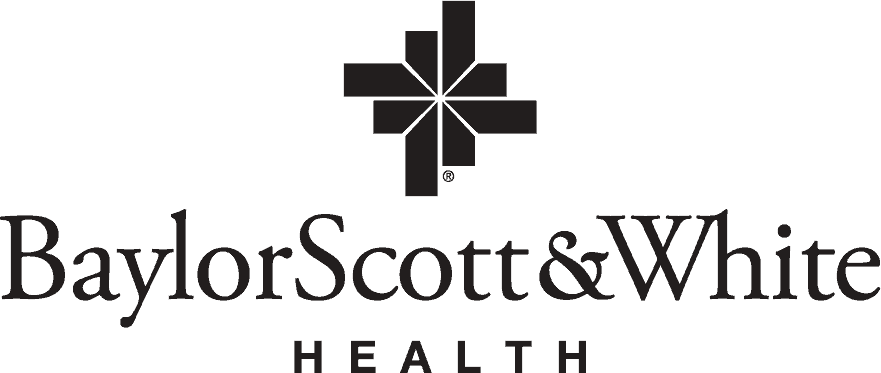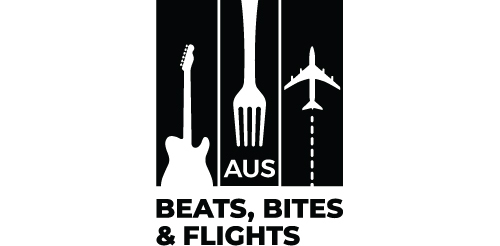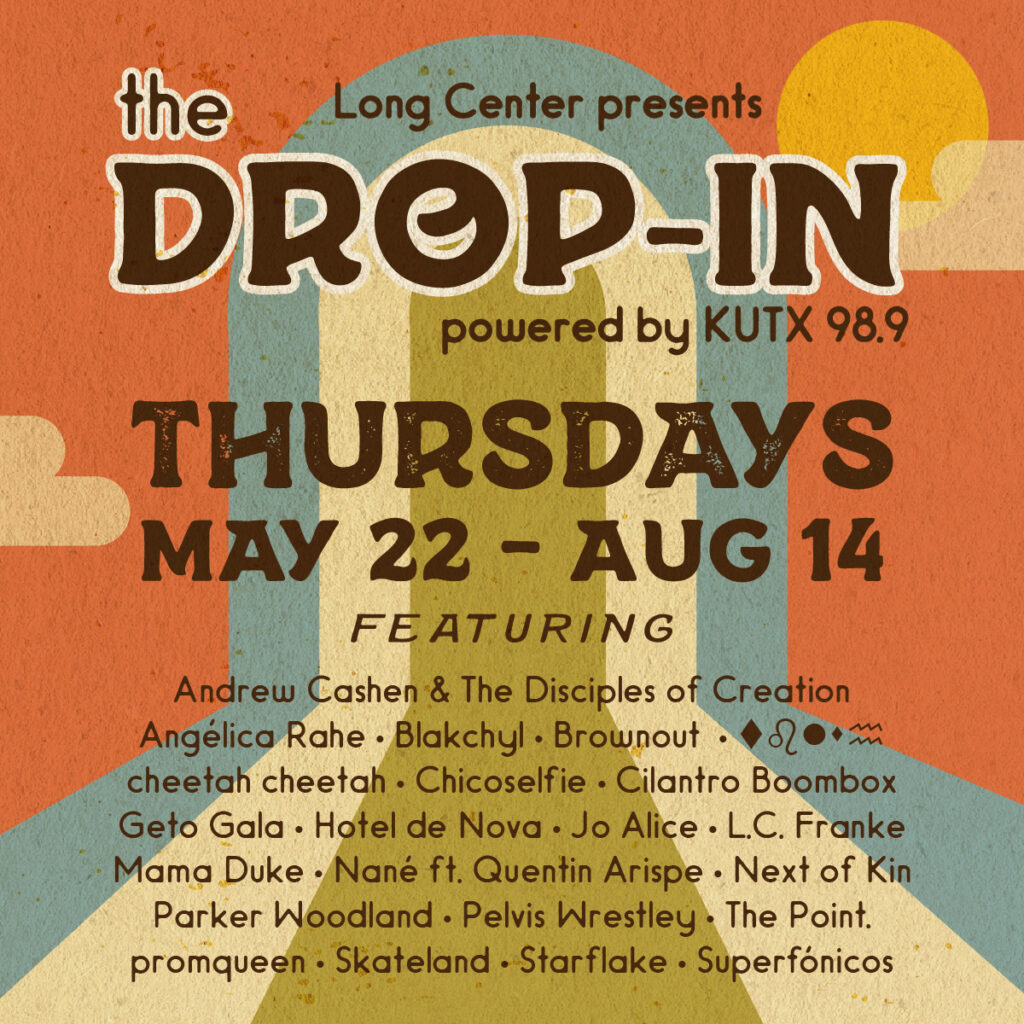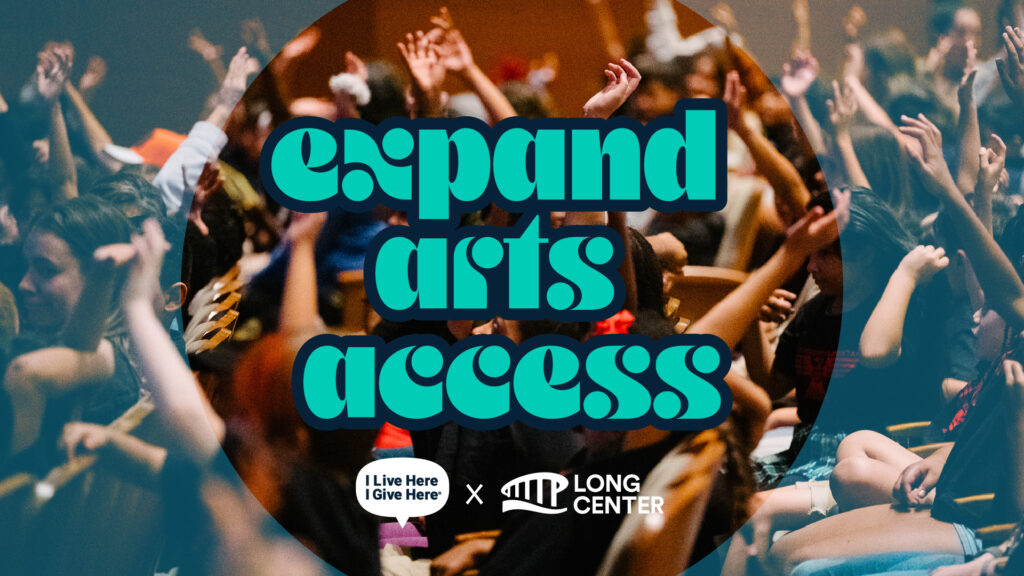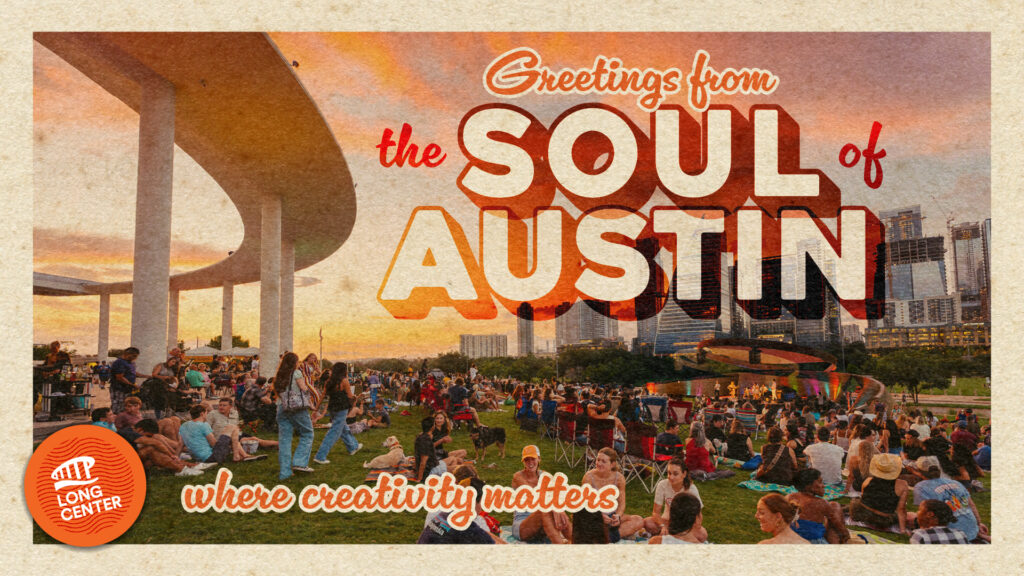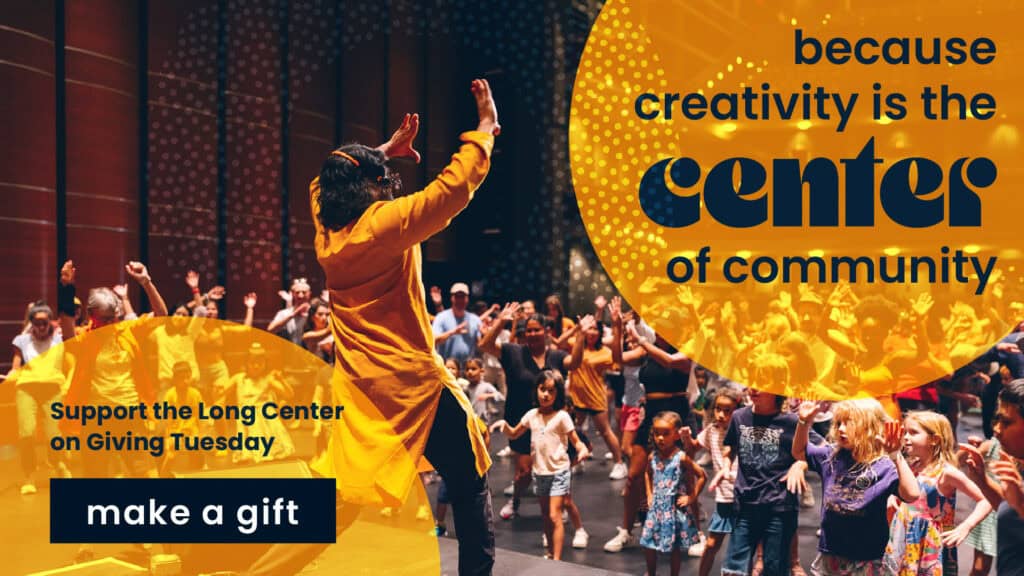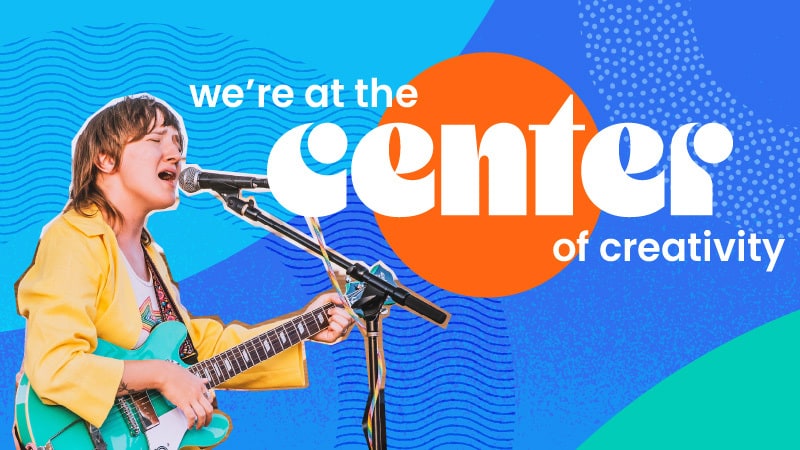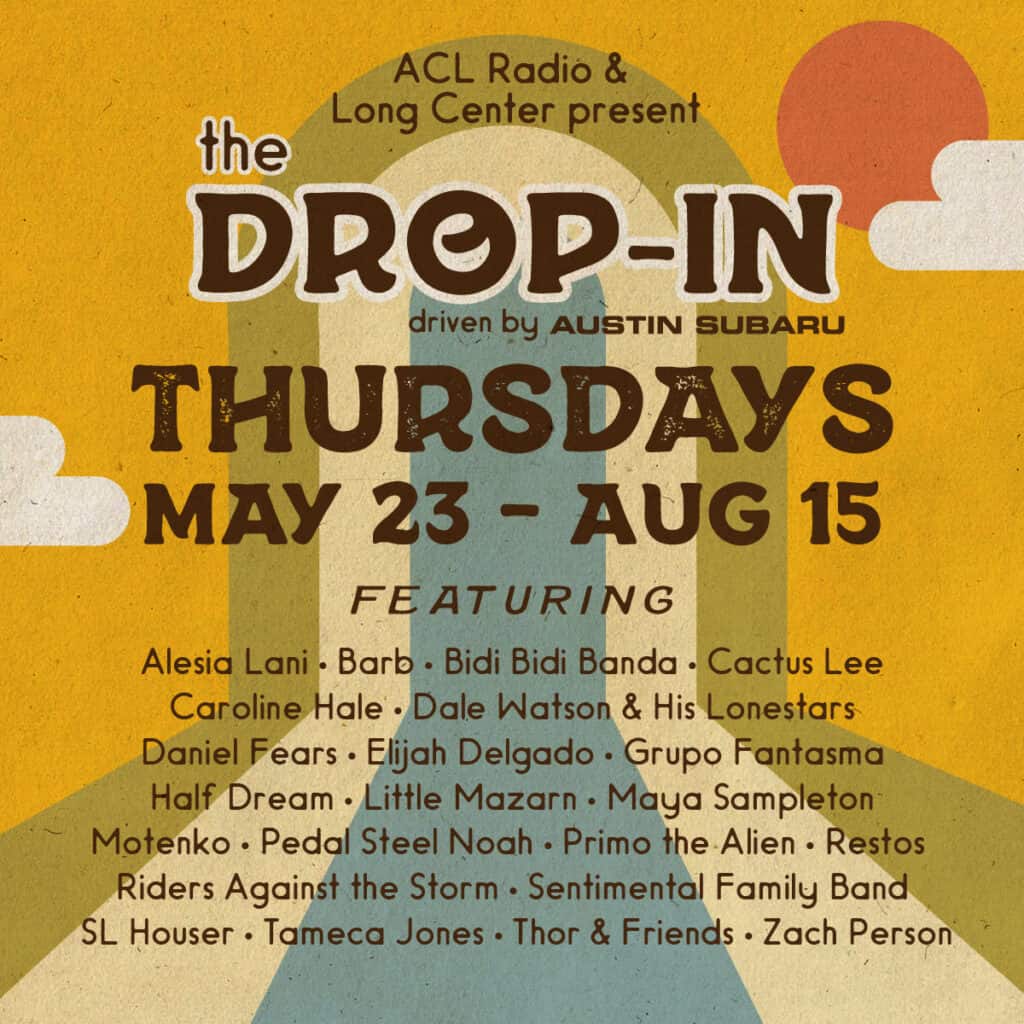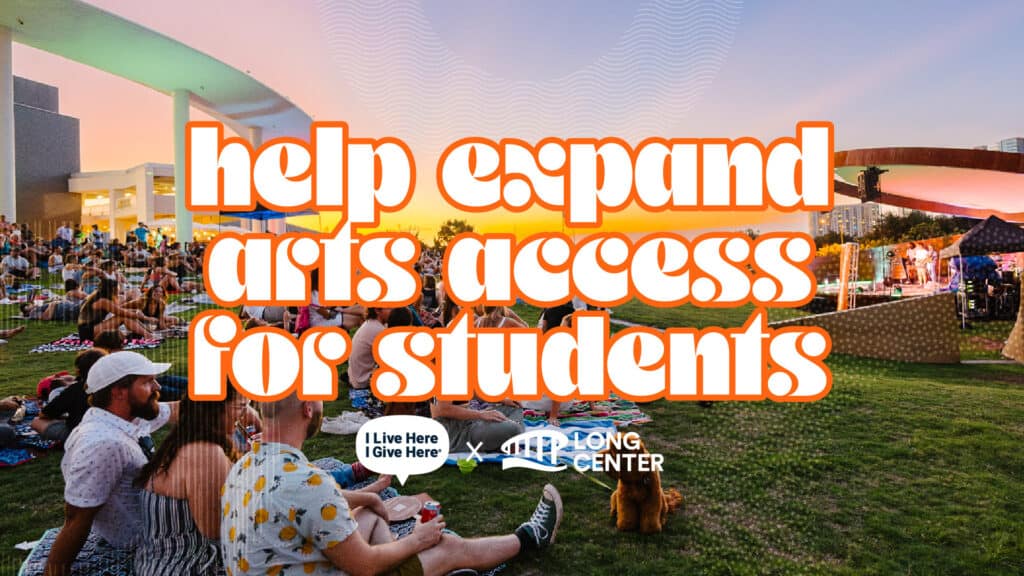Mid-Week Intermission Friend Edition: Anne Gatling Haynes of the Austin Cultural Trust
Austin’s huge growth rate (not to mention the extreme challenges of the past 2 years) has put unprecedented pressures on our city’s cultural spaces — that’s right, we’re talking about the fact that “space” has become even harder to find for arts organizations than it was pre-pandemic. So this week, we thought it might be nice to hear from Anne Gatling Haynes about how the Austin Cultural Trust plans to preserve spaces so that Austin’s creative legacy can continue to grow alongside its expansion. Read on in this Mid-Week Intermission to learn what a Cultural Trust is, how it can help Austin arts, and how you can help, too.
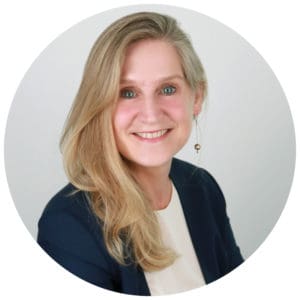
So, let's start with an Economic Development Corporation (EDC). What is it, and how did Austin's get started?
The AEDC, or Austin Economic Development Corporation, is a local government corporation created by the City of Austin in 2020, after years of engagement and conversation related to real estate development among diverse stakeholders. The organization, as it serves in cities like New York City and Philadelphia, is truly a public real estate developer — designed to facilitate project implementation in increasingly complex urban development projects and assure equitable and inclusive public policy goals.
The organization will have a variety of roles from facilitating real estate transactions on behalf of the City or other public/neighborhood partners, program and partnership management & services, plus perform analysis to inform policy discussions.
Okay, so the AEDC is specifically interested in public real estate development. How does the Cultural Trust fit in?
The Cultural Trust was identified as one of the initial projects for the AEDC to manage. Council identified that AEDC could manage the program effectively (on behalf of public funds secured by many, many organizations, commissions, and individuals) due to the need to leverage the initial funding with additional resources and expertise, as well as to advance specific real estate and development projects at the speed of the market. However, the program truly fits into the AEDC’s mission of inclusive development, by preserving and amplifying the City’s core cultural identities, its DNA, within the permanent fabric of the city.
We’re not just looking at this like a grant program, but rather a set of investments in a permanent infrastructure for arts, music, and culture, and most importantly, creativity. We’ve structured the program as a pipeline, so that we can look at both short- and long-term investment, and be clever about connecting needs to potential development projects and available spaces on an ongoing basis, to broadly install those cultural assets in our physical realm.
Tell us a little about your background. How did you get involved?
This opportunity at AEDC is a fantastic ‘full circle’ moment for me professionally, as I’m able to bring so many parts of my background together into one job! I had been traveling to Austin since 1994, so I’ve seen the City’s growth and was familiar with many of its aspects, including experience with the state legislature. I came here from Houston, where I worked for three years standing up an independent local government corporation focused on affordable housing, although I’m originally from the northeast.
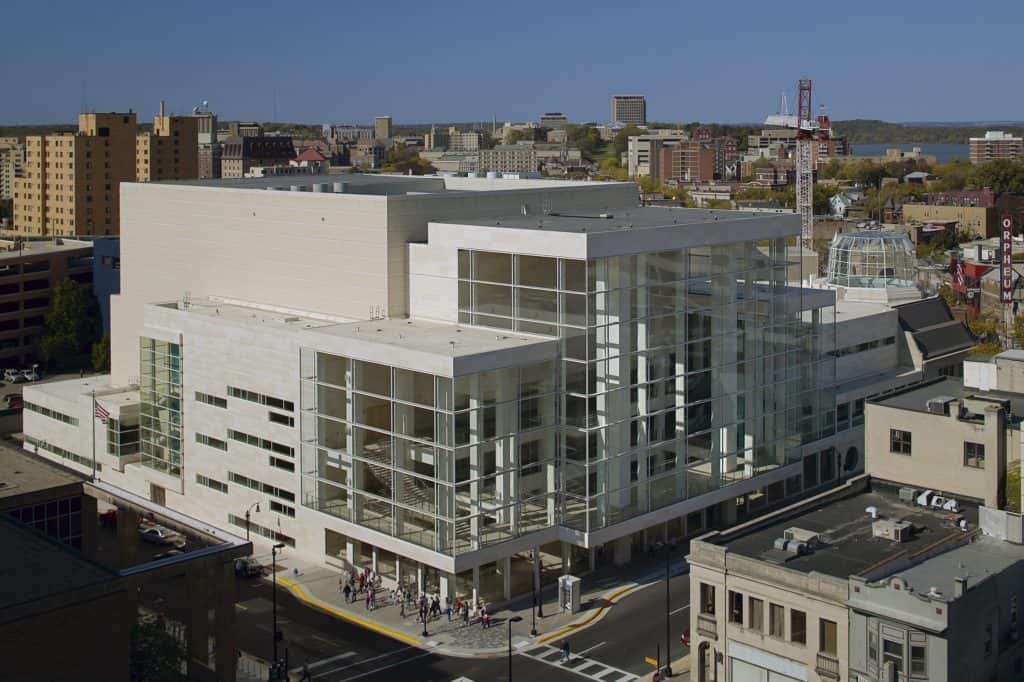
I am an architect by training and spent many years designing and building performing and visual art centers in the midwest and northeast, which is a handy background for understanding the space needs of the applicants to the Cultural Trust. Realizing that I should explore that path of city-building from the public side, I joined the Bloomberg administration in NYC to advise and facilitate legacy capital projects.
After briefly leading EDC in New Haven, CT, focused on neighborhood district revitalization and the support of our budding entrepreneurial ecosystem, I designed and ran a district-based community econimic development program for 26 cities in Massachusetts called the Transformative Development Initiative that has continued to this day. I’m so proud of that program as it is centered in public placemaking, while providing tools to help spur longer term development cycles as well as small business and real estate investments. Most importantly, as it relates to what I see our opportunity here, is that many of the cities led their district development efforts through the lens of arts and culture initiatives, which were fundamentally equitable and inclusive community building efforts.
It's no secret that we love our cultural spaces here. Could you tell us why it's so important to preserve these in cities, especially cities like Austin?
The DNA of this city is rooted in creativity — the music, of course, but cultural arts and ‘making’ are just as strong and unique here. Austin’s ‘Weird’ is a very authentic experession of this boundless creativity that had been naturally nurtured for years by the relatively low affordability, free-spirit experimental culture, quality of life, and optimism.
These very things that have defined the city, which is in fact what everyone is so attracted to, have been heavily impacted by rising real estate prices, both working and living spaces, and of course shocks like Covid, which has affected everyone’s business model. We’ve seen this before in other cities, and thanks to the leadership in Austin and amazing advocacy from a variety of stakeholders, we have an initial set of tools ready to act.
Losing the very essence of the city will be a loss for not just the people who live here now, but it will change the dynamic of future Austin as well. We need to consider the arts of a city as its connective tissue, and nurture them as a strategy for community retention and cohesion.
What does this mean for the overall landscape of arts in Austin? Why now? Why real estate?
Although Austin has lost some really important venues and organizations because of the rising costs of real estate, and the pandemic on top of that, these circumstances have also provided an opportunity for other organizations to grow their resilience. This will beneift our cultural ecosystem in the long run.
The work of the Cultural Trust is just beginning — although the program is starting in real estate, I believe that we collectively need to craft a much larger systemic vision of a Cultural Trust as an infrastructure with this same resilience. The real estate investments will help provide a more stable financial structure around rent and property taxes, as well as provide more open, publicly-accessible facilities that are needed for various organizations to continue doing amazing work. However, we also need to solve the housing crisis for all (patrons and artists!), in order to keep people closer to the places that might be preserved, reinforced, or created by the Cultural Trust.
We also have to help reduce the costs of business. This includes looking at innovative models to provide shared & cooperative business services and finding ways to provide a more predictable funding structure — an evergreen endowment — to help sustain organziations through highs and lows. With amazing partners in the ecosystem like the Long Center, and many, many more who work daily on behalf of preserving and amplifying the arts in Austin, I am confident that we can co-create this vision.
What are you most excited about for the future of the AEDC?
Having worked now in four local government corporations like AEDC in different cities and states, I know what a great partner an EDC can be to help facilitate equitable and inclusive development. The advantage for the City is to have an independent, professionalized staff that can work closely with and on behalf of the City, but work at the speed of real estate and neighborhood partners. Additionally, these organizations work nimbly to be responsive to hyper local conditions and challenges, and to better connect public and private actors engaged in the improvement of their neighborhoods. I’m so excited to help shape the future of this organization, especially at this critical time in the Austin’s growth.
How can Austinites help? How can we get involved and help maintain our cultural landmarks & institutions?
I’m a strong believer in creating a culture of co-investment — everyone can play a part to help advance the bigger vision. First, Austinites (and New Austinites!) need to safely go back out and support their neighborhood or favorite music/culture/arts organizations. Become a sustaining patron of those places and organizations to the degree that you can — money is great, but advocating for them, volunteering, and connecting those organizations to resources are a great help, too.
Developers and property owners need to ask — how can I further support the creative economy in my projects or spaces? Companies moving into the city, to take advantage of Austin’s vibe, need to find ways to support the creative infrastructure at scale — whether it be philanthropically or through encouraging their talent to be supporters of the arts. All of these folks can partner with the institutions that have worked so long to create the Austin we know now.
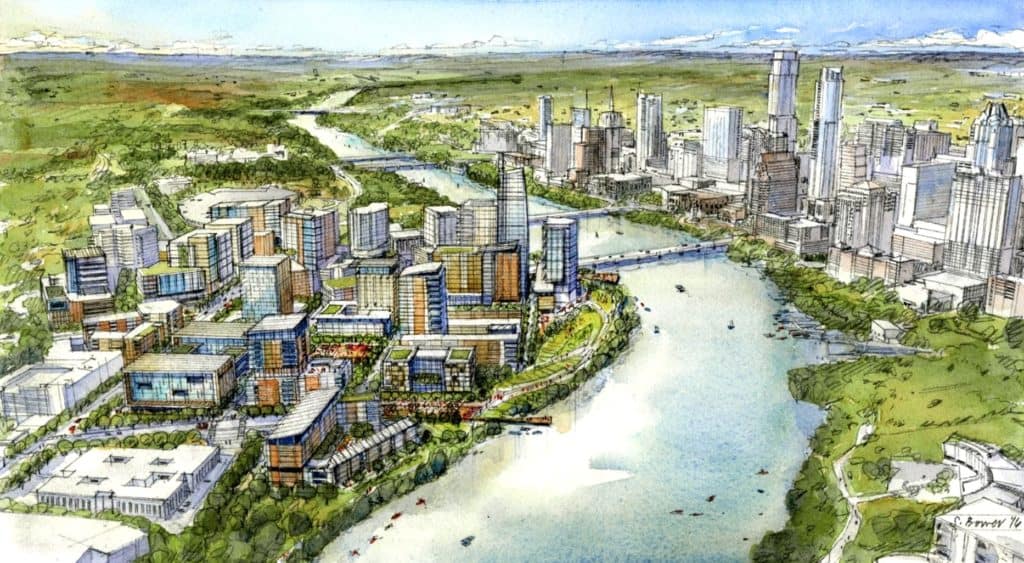
We at the AEDC are hopeful that, with our partners, we can effectively facilitate the preservation of what we all love about Austin in this next growth spurt, and assure that it is accessible and inclusive (and affordable) to the broadest set of Austinites.
— Anne
SUPPORT AUSTIN’S CREATIVE ECONOMY
Is your business interested in getting more involved with Austin’s arts scene? Our Business Arts Council might be the right place for you. This group believes a strong creative sector is a vital component to a healthy, thriving city, and directly supports the work the Long Center is doing to create a sustainable, artistic future for all of Austin. Find out how to join!



